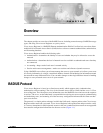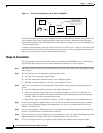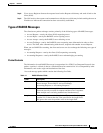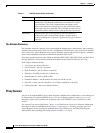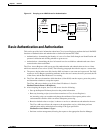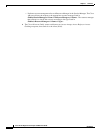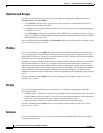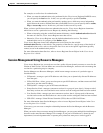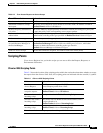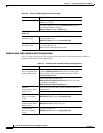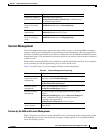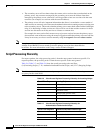
CHAPTER
2-1
Cisco Access Registrar 3.5 Concepts and Reference Guide
OL-2683-02
2
Understanding Cisco Access Registrar
This chapter describes the Cisco Access Registrar object structure, and explains when Cisco Access
Registrar references each of these objects during the processing of client requests.
Cisco Access Registrar lets you manipulate configuration objects, which define the properties or
behavior of the RADIUS server. Cisco Access Registrar also lets you invoke custom scripts to affect the
behavior of the RADIUS server.
To better understand the role each of these objects plays in the program, it is helpful to look at the steps
Cisco Access Registrar performs from receipt of an Access-Request packet to the sending of an
Access-Response packet.
Cisco Access Registrar Hierarchy
Cisco Access Registrar’s operation and configuration is based on a set of objects. These objects are
arranged in a hierarchical structure much like the Windows 95 Registry or the UNIX directory structure.
Cisco Access Registrar’s objects can themselves contain subobjects, just as directories can contain
subdirectories.
These objects include the following:
• Radius— the root of the configuration hierarchy
• UserLists—contains individual UserLists which in turn contain users
• UserGroups—contains individual UserGroups
• Clients—contains individual Clients
• Vendors—contains individual Vendors
• Scripts—contains individual Scripts
• Services—contains individual Services
• SessionManagers—contains individual Session Managers
• ResourceManagers—contains individual Resource Managers
• Profiles—contains individual Profiles
• RemoteServers—contains individual RemoteServers
• Advanced—contains Ports, Interfaces, Reply Messages, and the Attribute dictionary.





